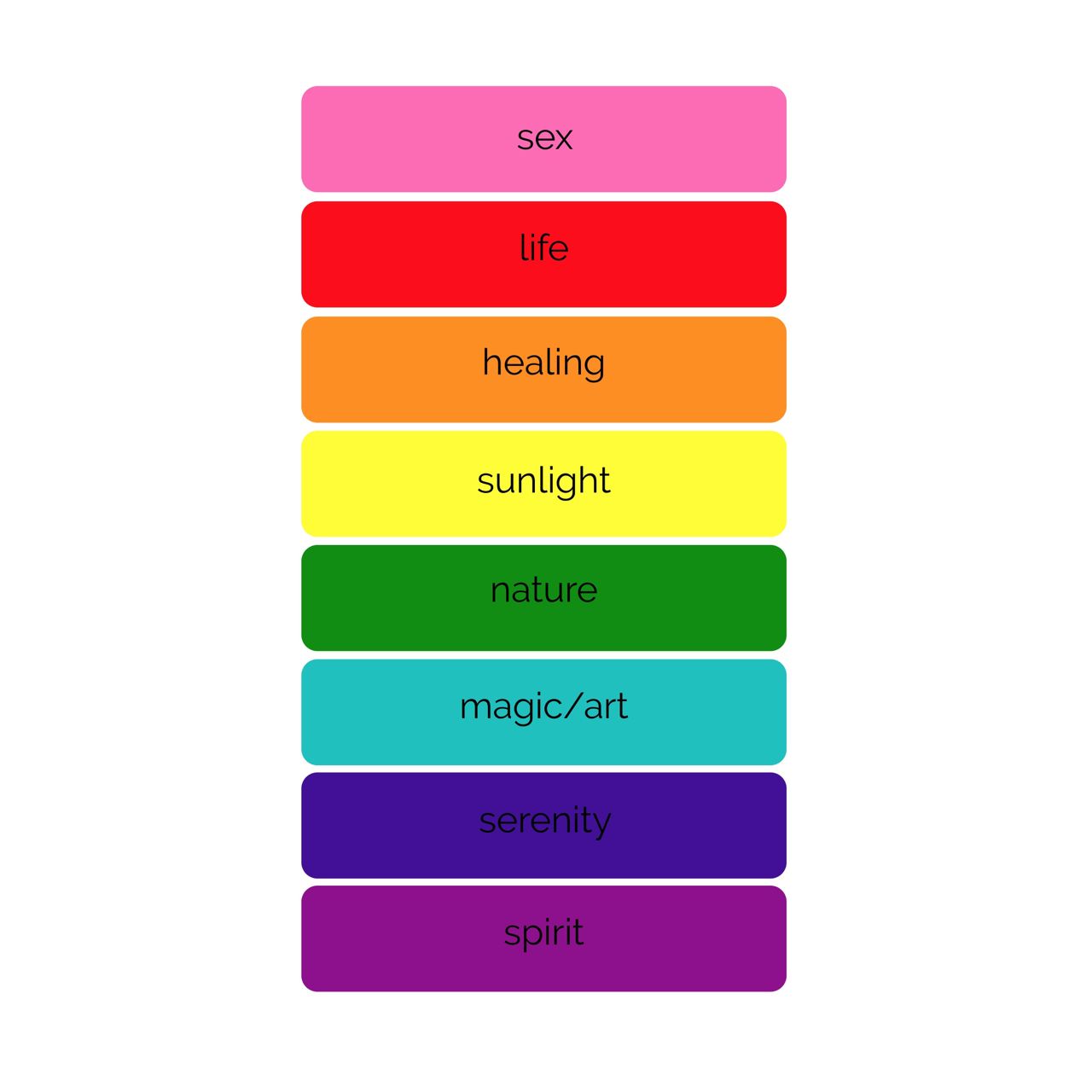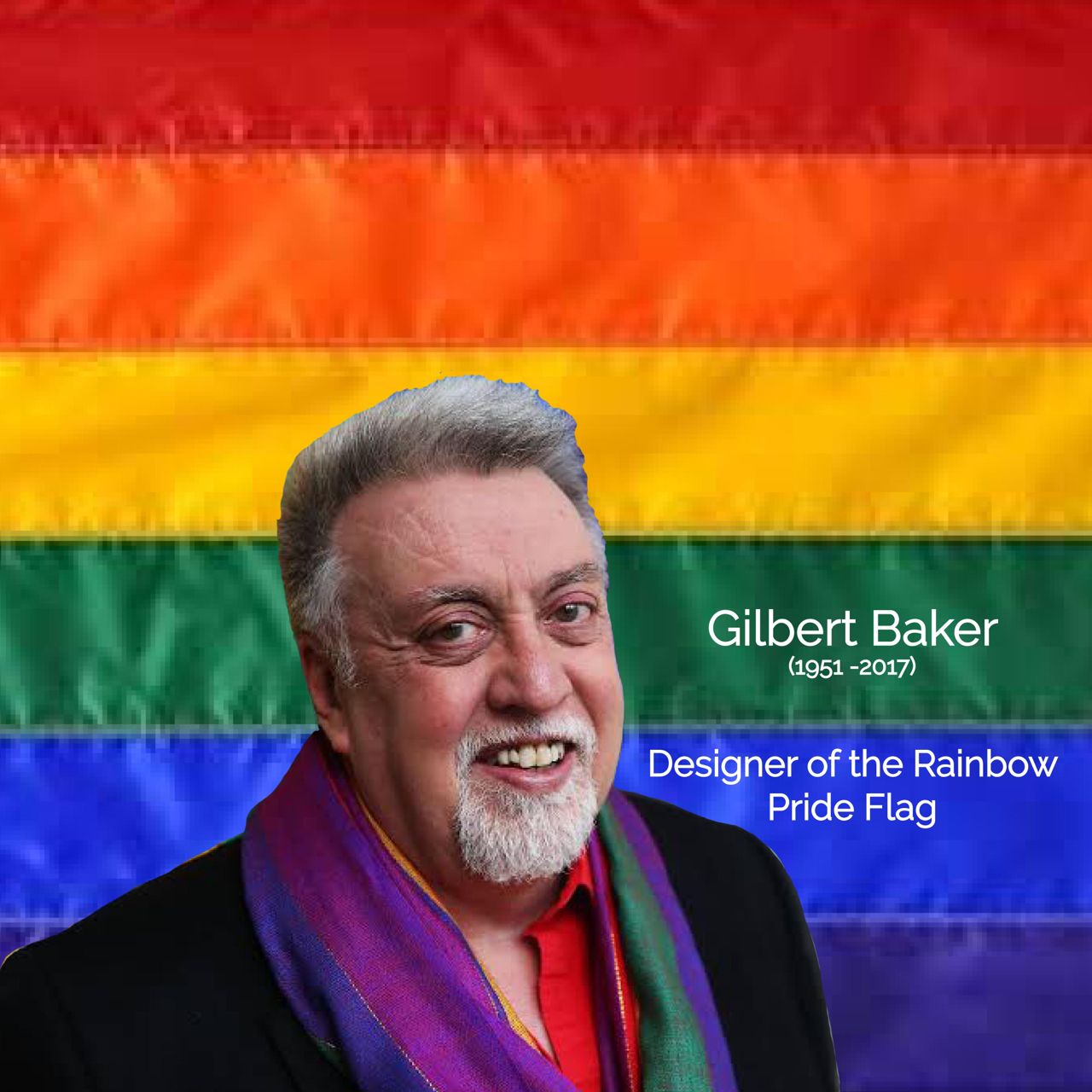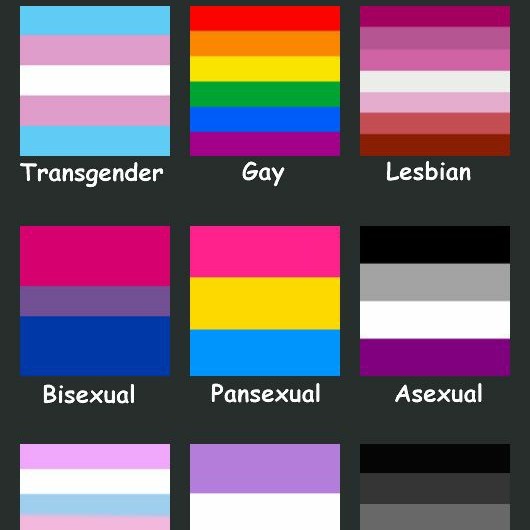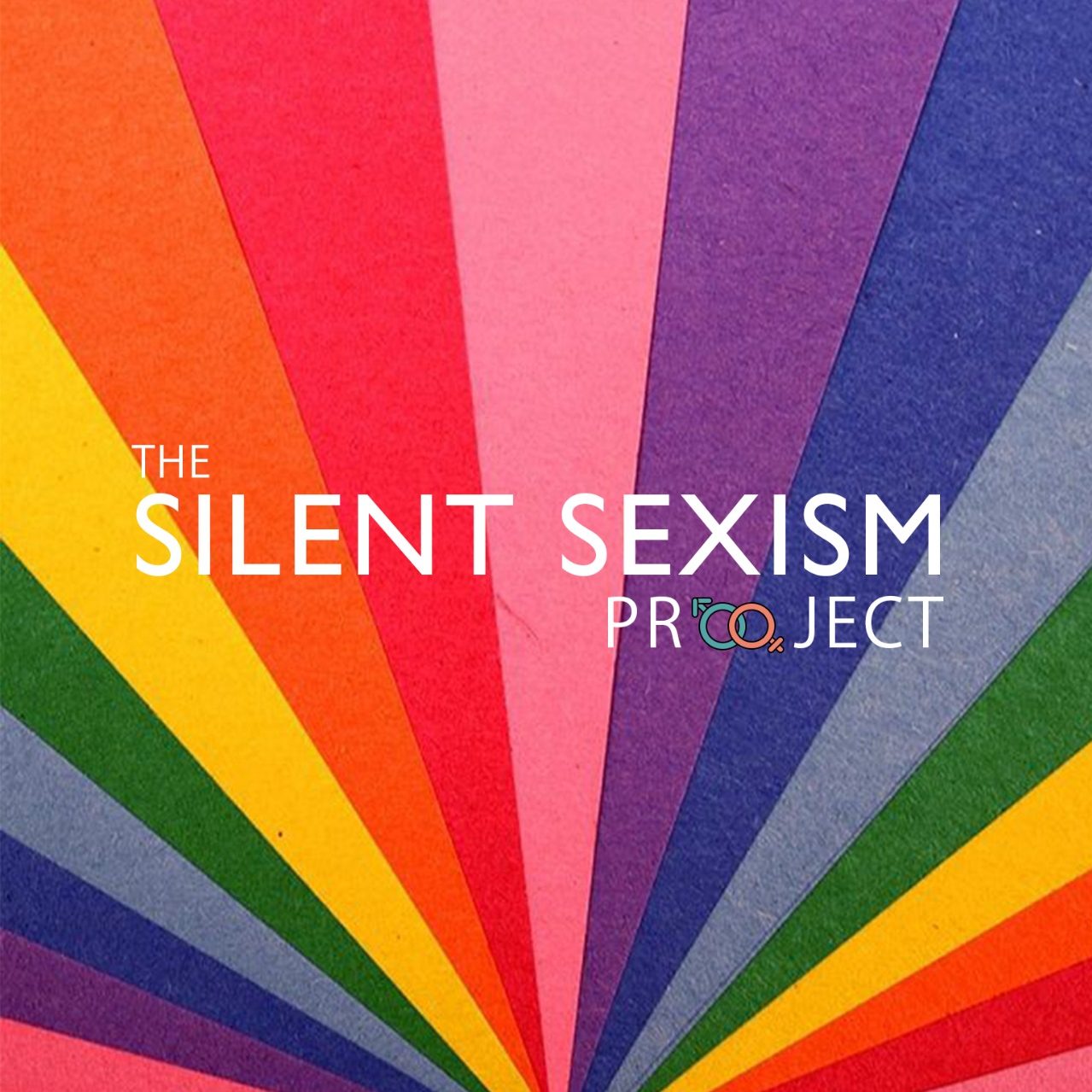Written By: Jayanti Chopra, Sharvari Rajwaday, Aditya Ubhayakar & Poorvi Shriyan
Edited By: Darshna Gupta & Rashmitha Muniandi
CONTENT
- Sex, Gender, Sexuality
- History and Timeline to LGBTQIA+
- How to be an Ally?
- Pride Flag
- Identity v. Label
SEX, GENDER AND SEXUALITY:
Have you ever wondered what the difference is, if so, between the terms – sex, gender and sexuality? Even though most of us have pondered, we tend to limit our understanding of these complex words to either google’s definition or peer discussions. So here’s a simple explainer.
One of the basic concepts on which feminist literature is based on is the difference between sex and gender. Feminists traditionally challenged the idea that the difference between men and women is “natural” and they based their arguments on what they called the “sex and gender” debate.
Sex denotes the biological differences between male, female and LGBTQIA+. These differences are natural and have an anatomical or physiological aspect. For instance, females have the capability to give birth while males do not. These differences were thought to be unalterable.
However, technological advancements challenged this idea and gave genders the freedom to alter their sex according to their needs and choices and thus live a fulfilled life. Even though technological advancements have revolutionized our ideas of gender roles, we must realize that they’re not available to all sections of the society. Still, advancements prove that the biological differences do not entirely dictate the shaping of one’s identity.
The sex differences made people believe that owing to “natural” distinctions between men, women, and LGBTQIA+, each gender should be treated accordingly. Thus came in the gender roles defined by society. Patriarchal ideas constructed the social, economic and political inequalities between the genders.
Thus, gender differences are based on the societal differences and lead to unjustified impositions on the sex considered relatively “weaker”. The beliefs that women should be confined to home and hearth and that the identities of LGBTQIA+ are unnatural are gender roles – constructed and imposed by society. We must be cautious as these gender roles tend to create false identities and perceptions. One must be true to one’s identity and not let gender roles shape decisions and beliefs.
Sexuality, on the other hand, is about sexual feelings, attractions, thoughts and behavior towards any sex(es). Sexuality is a wide and diverse concept. In short, whatever and for whomever you experience sexual feelings defines your sexuality and identity.
For instance, X is a person having female sex organs, identifies as a man by gender and is attracted to both men and women. So, X’s current sex is female, gendered as a man whose sexuality is bisexual. Finding out about one’s sexuality is a gradual process and is nothing to be afraid of. We must realize that sexuality, too, is natural and flexible, and can change over time. It is alright to be confused about one’s sexuality but one must be cautious of not letting sex or gender differences shape one’s belief.
Because no matter how small the instance, your voice matters!
LGBTQIA+: A TIMELINE
To a movement that started almost a decade ago, I would say we have come a long way. However, I can’t help but wonder where we lost our way initially. Most scriptures, ancient cultures, civilizations, and mythologies have representations from the community. But somewhere along the road, a sense of discomfort, awkwardness, and lack of empathy crept in.
Maybe it began with initial emotions of lack of understanding. How did this singular lack of understanding transform into a lack of acceptance though? How did this grow into a social evil where people were feared, abandoned, boycotted, and even murdered? I can’t help but wonder.
While the very first recorded outcry was in 1924 by the ‘The Society for Human Rights’, the silent and suppressed revolution had started way before. This, however, was the first-ever publication that openly talked about the issue. It was followed up by the Mattachine Foundation, the first gay rights group almost 25 years later. While these publications and foundations faced many struggles, they took their biggest blow with The American Psychiatry Association listing homosexuality as a form of mental disorder in 1952. Just a decade hence though, in 1961, the very first battle towards acceptance was also won when Illinois became the 1st state to decriminalize homosexuality.
The incident because of which June is celebrated worldwide as pride month however happened on 28th June 1969 when the Patrons of the popular Stonewall Inn in New York’s Greenwich Village fought back against ongoing police raids of their neighborhood bars. The first-ever pride parade happened exactly a year after when New York City community members marched through local streets and named 28th June 1970 the Christopher Street Liberation Day.
Over the past 50 years, the LGBTQIA+ community has successfully fought for their rights and their positioning in society. This significant shift was observed with an increase in the number of people from the community being invited and accepted in their places of work across various fields and professions. Legalizing same-sex marriages, and medical procedures played a significant role in bringing about this change.
Yet still, we have a long way to go. What we see today are the preliminary initial wins. The real battle is yet to be fought. There are still so many people in the world who live in fear of being their true selves. Still, so many who are afraid of being stripped off their families, careers and social lives for living their life the way they are meant to. While it seems that we are almost at the finish line, I would beg to differ.
The way I see it, this battle is not about love or identity. It is about acceptance. Acceptance of oneself and everyone that comes your way. Like George Takei has said-
“We should indeed keep calm in the face of difference, and live our lives in a state of inclusion and wonder at the diversity of humanity.”
GEORGE TAKEI
HOW TO BE AN ALLY?
Anybody can be an ally, and sometimes it takes the smallest of gestures to show that. I consider myself to be very lucky to have been surrounded by friends who are allies. This made me coming out and expressing myself so easily. And I’m aware that not everybody is this blessed, everyone has their battles to fight. The world needs more allies. We need families, friends, and colleagues who are allies.
Coming out as an ally is just as important to the LGBTQIA+ Community. They can play an important role in changing the attitudes of people towards the community. There are no set rules or stages, there is no one right way either. But following are some ways you can adapt to be an ally.
1. Educate yourself –
Awareness is an important tool for social justice and being an ally involves understanding the community and educating yourself. Read about the history, learn the importance of using correct pronouns, and understand the wide spectrum of the community. Ask questions, but don’t be insensitive about them. Educating yourself and the people around you can help change people’s prejudice against the community.
2. Tackle your own unconscious biases –
Growing up in a society where homosexuality has been unacceptable for decades can often lead to having preconceived notions and biases fed to us by them. It is extremely important to challenge, understand, adapt and rectify those biases. Being aware of one’s faults and the ability and willingness to change them makes one a good ally.
3. Raise your voice –
If you hear or witness someone use homophobic slurs or crack homophobic jokes, correct them. Step up and tell them why they’re wrong. Raise your voice if you witness discrimination if you see someone getting bullied. Raise your voice against discriminatory laws. Being an ally is more than just walking and clicking pictures at the parade, one needs to stand up and make the space comfortable for the community.
4. Be a safe space –
Finding people who understand and listen are very important for people from the community. Be a safe space for people to confide in, be there to listen. When someone comes out to you, realize that the person finds you to be a safe space to talk and be themselves. Don’t be quick to judge or pass opinions. Be a patient listener and affirm their existence. Make room for the community to exist.
5. Help the community –
Being an ally is more than learning and listening to the community. Try and help the people from the community. Be a part of their organizations, protests, peer groups, etc. Help support a marginalized person’s crowdfund to move out from an unhealthy housing situation or donating money to a queer activist group, money can make or break queer people’s stability. Help them find jobs, provide education and so much more. Try and offer help in your capacity.
PRIDE FLAG
The rainbow flag was popularized as a symbol of the gay community by San Francisco artist Gilbert Baker in 1978. The different colors are often associated with “diversity” in the gay community (but actually have literal meanings). The flag is used predominantly at gay pride events and in gay villages worldwide in various forms including banners, clothing and jewelry.
Since the 1990s, its symbolism has been transferred to represent the extended “LGBT” (lesbian, gay, bisexual and transgender) community. In 1994, for the 25th anniversary of the Stonewall riots in New York city, a mile-long rainbow flag was created by Baker which he later cut into sections that were distributed around the world.
The flag was originally created with eight colors, but pink and turquoise were removed for production purposes, and since 1979 it has consisted of six colored stripes. It is most commonly flown with the red stripe on top, as the colors appear in a natural rainbow.[23] Aside from the obvious symbolism of a mixed LGBT community, the colors were determined to symbolize:
- life (red),
- healing (orange),
- sunlight (yellow),
- nature (green),
- harmony/peace (blue),
- spirit (purple/violet).
The removed colours stood for sexuality (pink) and art/magic (turquoise).




SOURCES
- Melendez, Lyanne (March 1, 2017). “LGBTQ Pride: Gilbert Baker, creator of rainbow flag, shares story of strength and pride”. KGO-TV.
- “History of the Gay Pride / Rainbow Flag”. Flags of the World. April 16, 2005. Archived from the original on September 27, 2007. Haag, Matthew (March 31, 2017).
- “Gilbert Baker, Gay Activist Who Created the Rainbow Flag, Dies at 65”. The New York Times. Retrieved 25 April 2017.
LABEL V. IDENTITY
Identity is the distinguishing character or personality that make an individual.
There might be multiple factors that determine your identity, such as:
- Religious/spiritual affiliation
- Culture, race, or ethnicity
- Appearance/style
- Language or nationality
- Hobbies/interests
- Gender
- Sexual orientation
- Beliefs and values
- Group/organization/community membership
- Personality traits; etc.
Gender identity forms an important part of identity, as it can dictate to a significant degree how one views oneself both as a person and in relation to other people, ideas and nature.
The term gender identity was originally coined by Robert J. Stoller in 1964.
Gender identity is the personal sense of one’s own gender. Gender identity can correlate with a person’s assigned sex at birth or can differ from it. It is important to know that gender identity is non-binary and exists on a spectrum.
Label: A name, word, or phrase used to classify or categorize a person or thing (labels are often, but not always, inaccurate)
Throughout our lives, people attach labels to us, and those labels reflect and affect how others think about our identities as well as how we think about ourselves.
Labels are not always negative; they can reflect positive characteristics, set useful expectations, and provide meaningful goals in our lives. Often, however, the labels that we use to describe each other are the result of unfounded assumptions and stereotypes.
We regularly apply labels to people whom we barely know or have never even met, and the same is done to us. Thus, for good or for bad, labels represent an influence on our identity that is often beyond our control.
So, remember, do not assume anyone’s identity and do not ascribe labels to anyone.
“We have the right to identify ourselves who we are. We do not have the right to label others what we assume they are.”
SOURCES:
- https://en.wikipedia.org/wiki/Identity_(social_science)
- https://melibeeglobal.com/blog/2014/10/identity-and-labels-who-am-i/
- https://www.facinghistory.org/resource-library/my-part-story-exploring-identity-united-states/identity-and-labels
- https://www.facinghistory.org/resource-library/my-part-story-exploring-identity-united-states/identity-and-names
- https://menandboys.ids.ac.uk/sexuality-and-social-justice-toolkit/1-issues-and-debates/whats-wrong-labels
